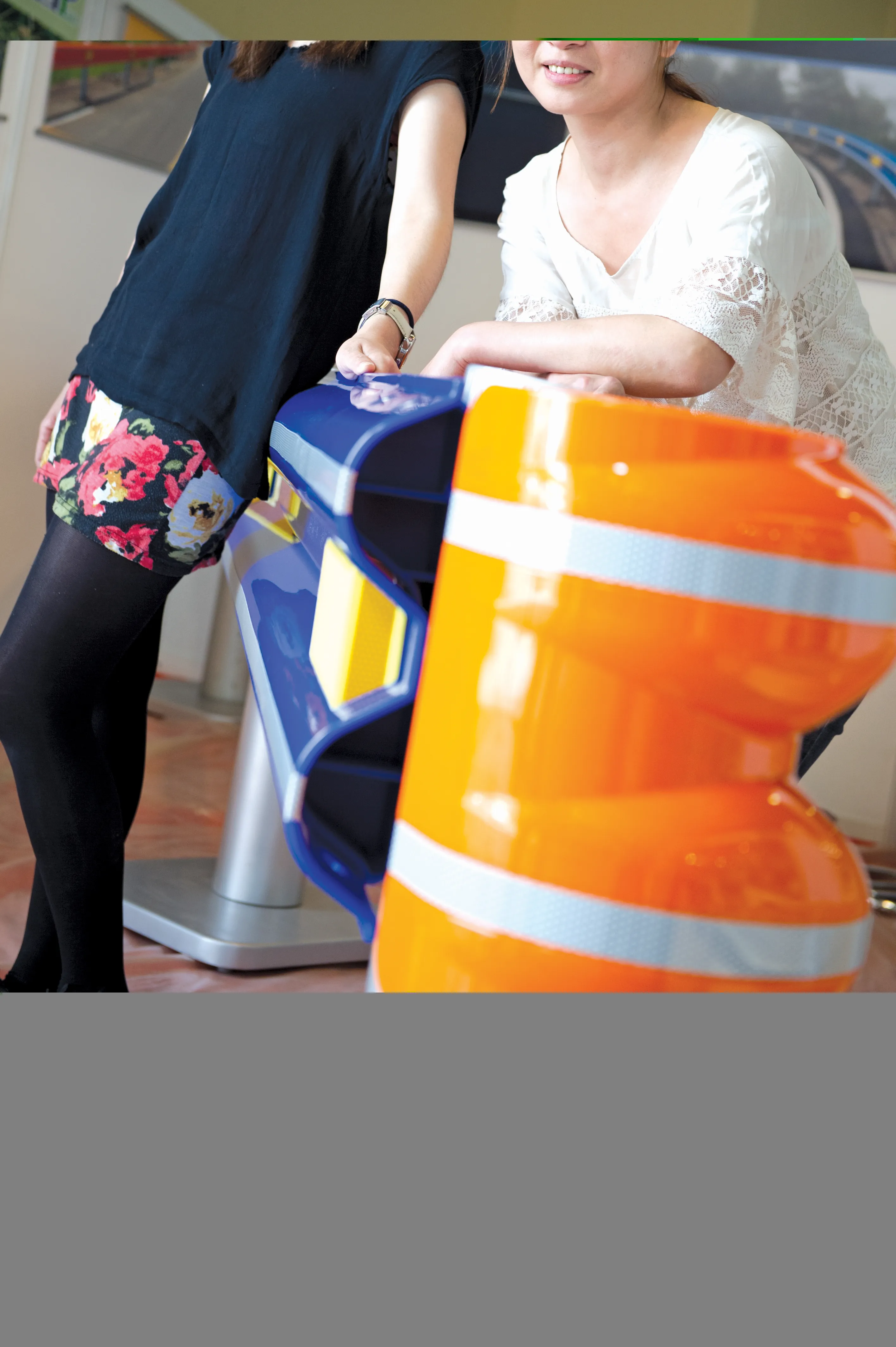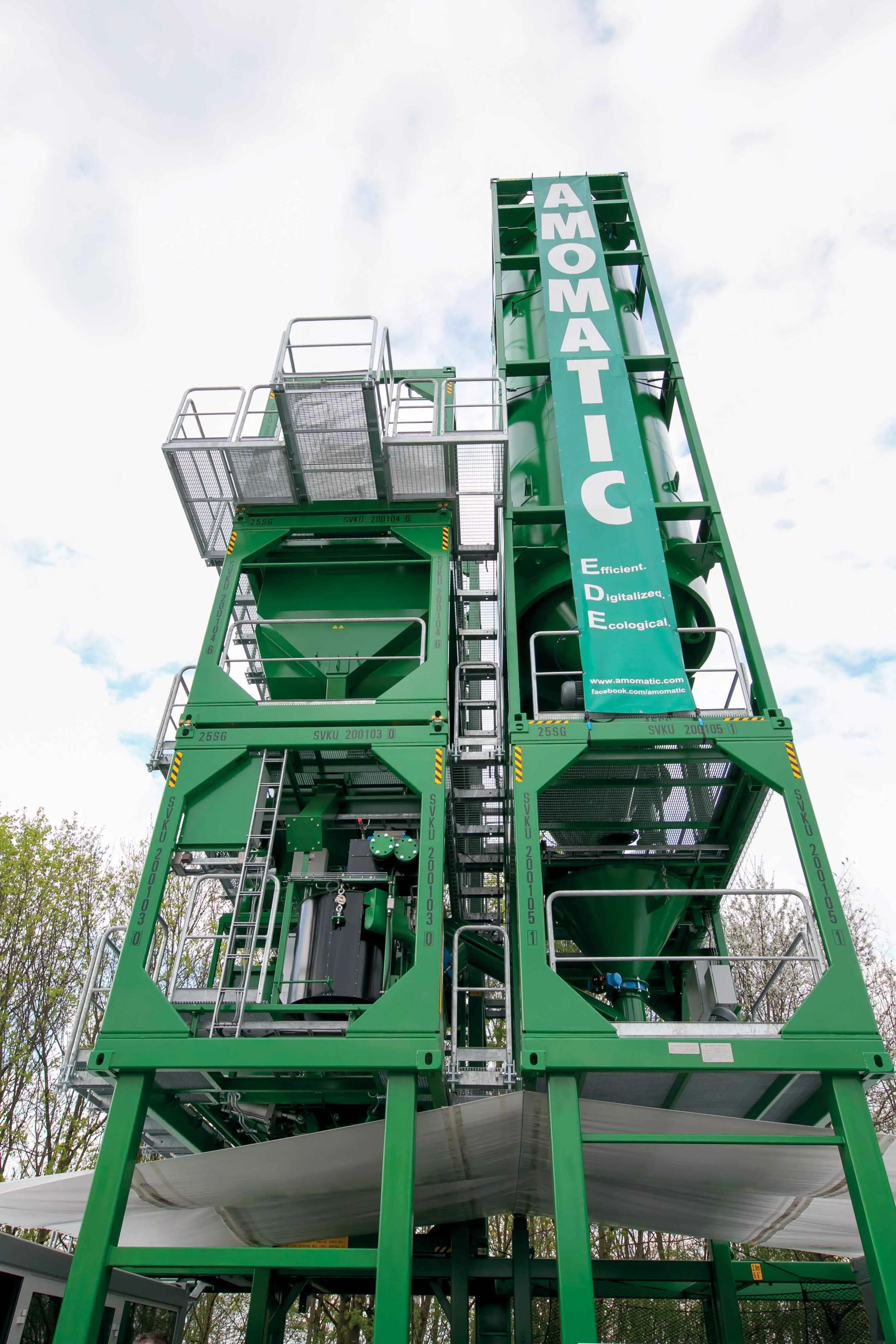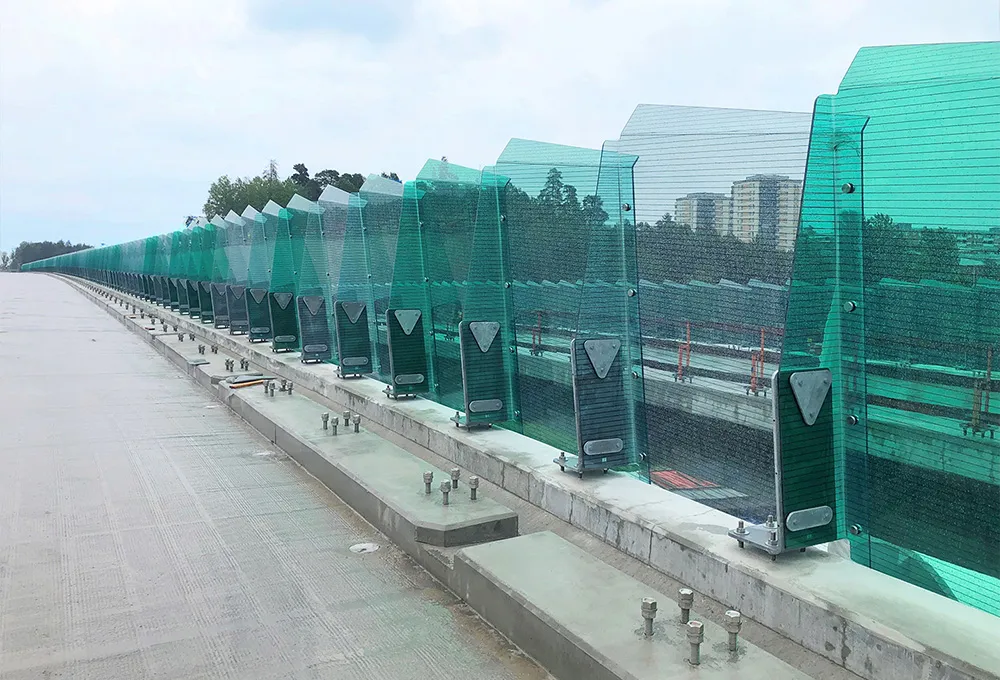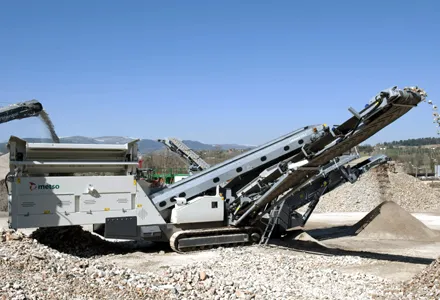Taiwan-based Aplus Molds & Plastics is showing its new A+MP Plastic Guide Rail. The innovative, low-weight plastic design reduces purchase and transportation costs, while offering long working life. Different versions of the range are available to suit varying protection requirements and the products offer further safety benefits due to optional high conspicuity features. The Road Warning safety Plastic Guide Rail can be used on roads around the globe. This Plastic Guide Rail differs from conventional Jers
June 28, 2013
Read time: 2 mins

Taiwan-based Aplus Molds & Plastics is showing its new A+MP Plastic Guide Rail. The innovative, low-weight plastic design reduces purchase and transportation costs, while offering long working life.
Different versions of the range are available to suit varying protection requirements and the products offer further safety benefits due to optional high conspicuity features. The Road Warning safety Plastic Guide Rail can be used on roads around the globe. This Plastic Guide Rail differs from conventional Jersey barriers or steel guardrail and is said to offer advantages such as stronger product structure safety, higher malleability and light weight and anti-corrosion properties. The safety Guide Rails are anti-UV treated, which can withstand sun exposure and heat, and the material can be recycled. The material features a specification that will not damage the soil or the ecosystem according to the firm. Key features include high shock absorption and crash-proof protection, a choice of colour options, easy installation, and the possibility to use the products on long curves. The low weight makes the components easy to handle during installation and also allows a large quantity of the units to be carried on a single vehicle. The plastic also can be bent around curves, making it highly versatile, while the material’s flexibility is said to provide effective impact absorption properties. While meeting Taiwan’s protection requirements, the barriers are now being tested for a wide array of other international standards and will be available for use in other markets shortly.
Different versions of the range are available to suit varying protection requirements and the products offer further safety benefits due to optional high conspicuity features. The Road Warning safety Plastic Guide Rail can be used on roads around the globe. This Plastic Guide Rail differs from conventional Jersey barriers or steel guardrail and is said to offer advantages such as stronger product structure safety, higher malleability and light weight and anti-corrosion properties. The safety Guide Rails are anti-UV treated, which can withstand sun exposure and heat, and the material can be recycled. The material features a specification that will not damage the soil or the ecosystem according to the firm. Key features include high shock absorption and crash-proof protection, a choice of colour options, easy installation, and the possibility to use the products on long curves. The low weight makes the components easy to handle during installation and also allows a large quantity of the units to be carried on a single vehicle. The plastic also can be bent around curves, making it highly versatile, while the material’s flexibility is said to provide effective impact absorption properties. While meeting Taiwan’s protection requirements, the barriers are now being tested for a wide array of other international standards and will be available for use in other markets shortly.









